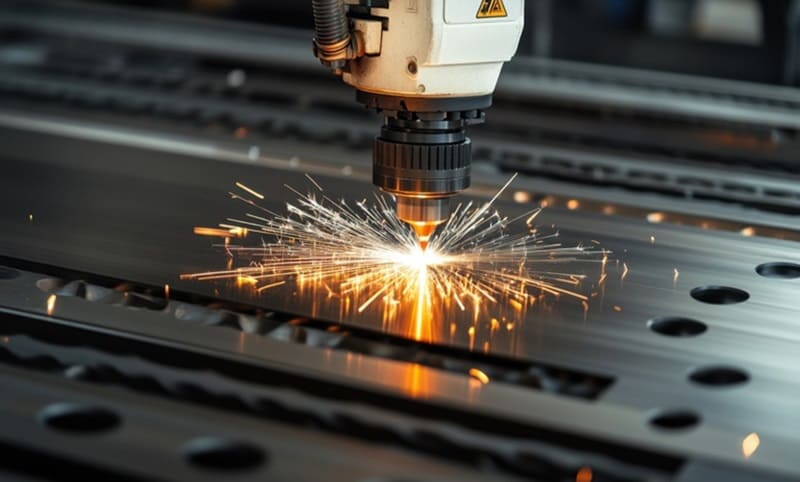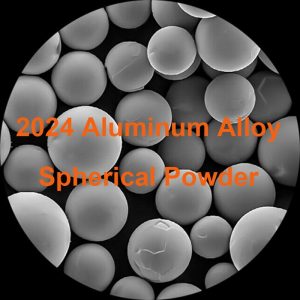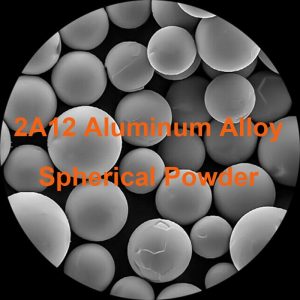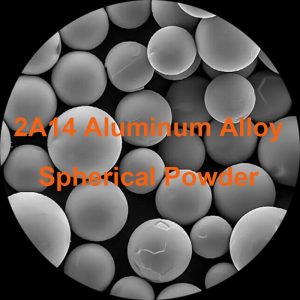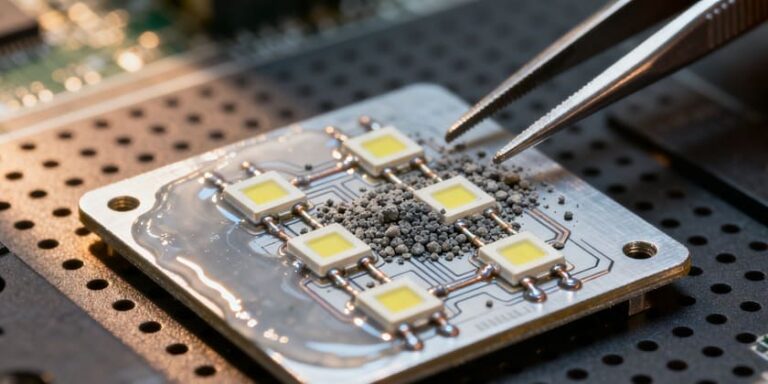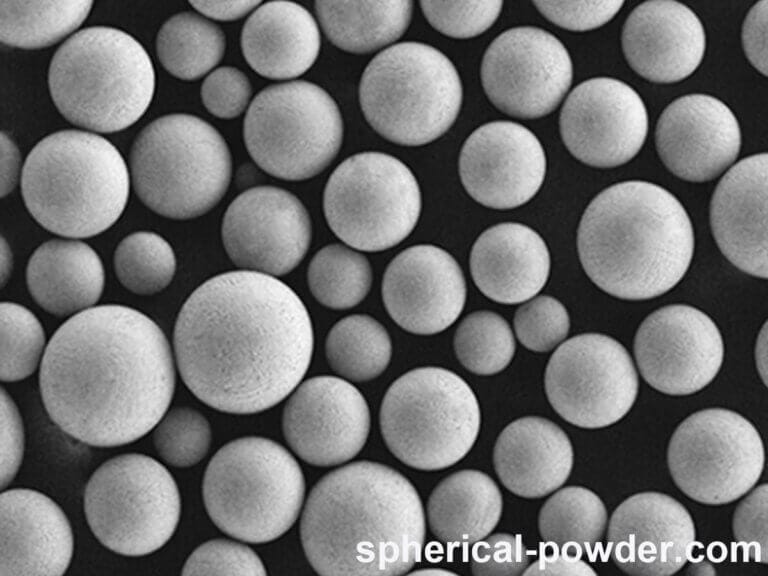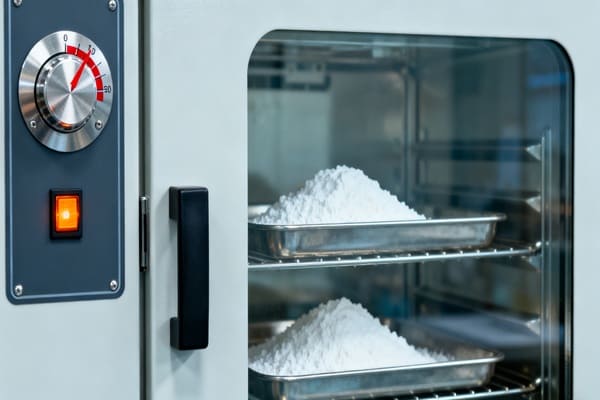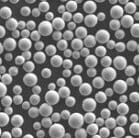How Laser Cladding Is Shaping The Future of High-Performance Materials
Laser cladding technology has revolutionized surface modification techniques by enabling the application of high-performance coatings with a laser beam. This method allows for the addition of various cladding materials, which are fused to the base material’s surface, creating a durable and metallurgically bonded layer. The ability to enhance a material’s properties without changing the core structure has made laser cladding a valuable solution for industries requiring long-lasting components that can withstand challenging environments.
Materials for Laser Cladding: Enhancing Wear and Corrosion Resistance
The materials commonly used for laser cladding are mainly thermal welding or thermal spraying materials, including self-fluxing alloys, carbide dispersion or composites, ceramics, etc.
- Self-fluxing Alloys: Self-fluxing alloy powders, including nickel, cobalt, and iron-based types, contain boron and silicon for self-deoxidation and slag formation. During remelting, these elements create a protective film, reducing oxidation and forming a low-oxide, low-porosity weld layer. Boron and silicon also lower the melting point, improve wetting, and enhance fluidity. Higher boron and carbon content increases hardness by forming hard borides and carbides with elements like nickel and chromium. The commonly used types are NiCuFeBSi and FeCrBSi Series.
- Carbide Composites: Carbide composite powder combines a carbide hard phase with a metal or alloy bonding phase, which helps protect the carbide from oxidation and decomposition. Pre-alloyed versions can produce carbide-like coatings. Common types include WC-10Co-4Cr-1Ni and Ni-WC spherical powders.
- Ceramic Materials: Oxide ceramic powders, known for their excellent resistance to high-temperature oxidation, as well as their heat insulation, wear resistance, and corrosion resistance, are a key class of thermal spray materials. They are also increasingly being focused on as materials for laser cladding. The most commonly used oxide ceramic powders are aluminum oxide and zirconium oxide.
Laser Cladding vS. Laser Alloying
related products
-
2024 Aluminum Alloy Spherical Powder – 2024 Aluminum Alloy Alloy Powder – Additive Manufacturing – 3D Printing
-
2A12 Aluminum Alloy Spherical Powder – 2A12 Aluminum Alloy Alloy Powder – Additive Manufacturing – 3D Printing
-
2A14 Aluminum Alloy Spherical Powder – 2A14 Aluminum Alloy Alloy Powder – Additive Manufacturing – 3D Printing
Laser cladding and laser alloying are both advanced techniques that leverage high-energy laser beams to rapidly melt and fuse material onto a substrate, creating a metal layer with different compositions and properties. While both processes share similarities, they have fundamental differences in terms of technique and application.
Key Differences:
Material Fusion Process:
- Laser Cladding: The material used for cladding is completely melted, with only a thin layer of the substrate material undergoing fusion. This ensures that the composition of the cladding layer remains largely unaffected by the substrate, allowing for a high degree of control over the cladding material’s properties.
- Laser Alloying: Instead of melting the entire cladding material, alloying elements are added to the surface of the substrate, forming a new alloy layer that integrates with the substrate material. The goal is to create an alloy layer that has a composition based on the substrate but with improved properties.
Benefits of Laser Cladding Technology
Laser cladding has numerous advantages over traditional surface treatment methods. Some key features include:
- High Cooling Rates: The rapid cooling nature of the process helps in achieving fine-grain structures and new non-equilibrium phases, improving material properties.
- Controlled Cladding Composition: With laser cladding, the dilution rate is kept low, allowing for precise control over the alloy composition, and ensuring that the cladded layer maintains optimal properties.
- Minimal Heat Impact: The low heat input minimizes the risk of thermal distortion, which is particularly important for maintaining part geometry in critical applications.
- Efficient Material Usage: Laser cladding allows for precise material deposition, resulting in less waste and lower material costs, making it an eco-friendly and economical choice.
- Automation Friendly: The ease with which laser cladding can be automated makes it a reliable solution for high-volume manufacturing and repair processes.
Key Applications of Laser Cladding
Laser cladding has seen successful use in industries such as:
- Mining: Critical mining equipment is subject to wear, and laser cladding offers a durable solution for parts like crushers and conveyors.
- Energy Sector: Power generation components, including turbines and heat exchangers, benefit from laser cladding for improved durability under extreme conditions.
- Oil and Gas: Pump parts, valves, and sealing components undergo cladding to enhance their resistance to corrosion and wear.
- Aerospace: Laser cladding is used for the repair and enhancement of turbine blades and other high-performance aerospace parts.
- Railways: Components like train wheels and rails are often cladded for improved strength and longevity, reducing downtime and maintenance costs.
Overcoming the Challenges of Laser Cladding
While laser cladding offers many benefits, there are still challenges to address:
- Quality Consistency: Ensuring uniform quality across all cladded layers is crucial, as inconsistencies can affect the performance of the component.
- Material Costs: The price of high-performance cladding materials can be significant, but the long-term cost savings from extended part lifecycles often justify the initial expense.
- Optimizing Material Selection: The selection of appropriate materials is vital to achieving the desired results, and improper material choice can result in reduced performance.
Laser cladding is a highly effective technology for extending the life of industrial components. Whether you are manufacturing new parts or refurbishing existing ones, laser cladding is a cost-effective, reliable solution for enhancing the durability and performance of your equipment. Explore how laser cladding can revolutionize your material enhancement process!

